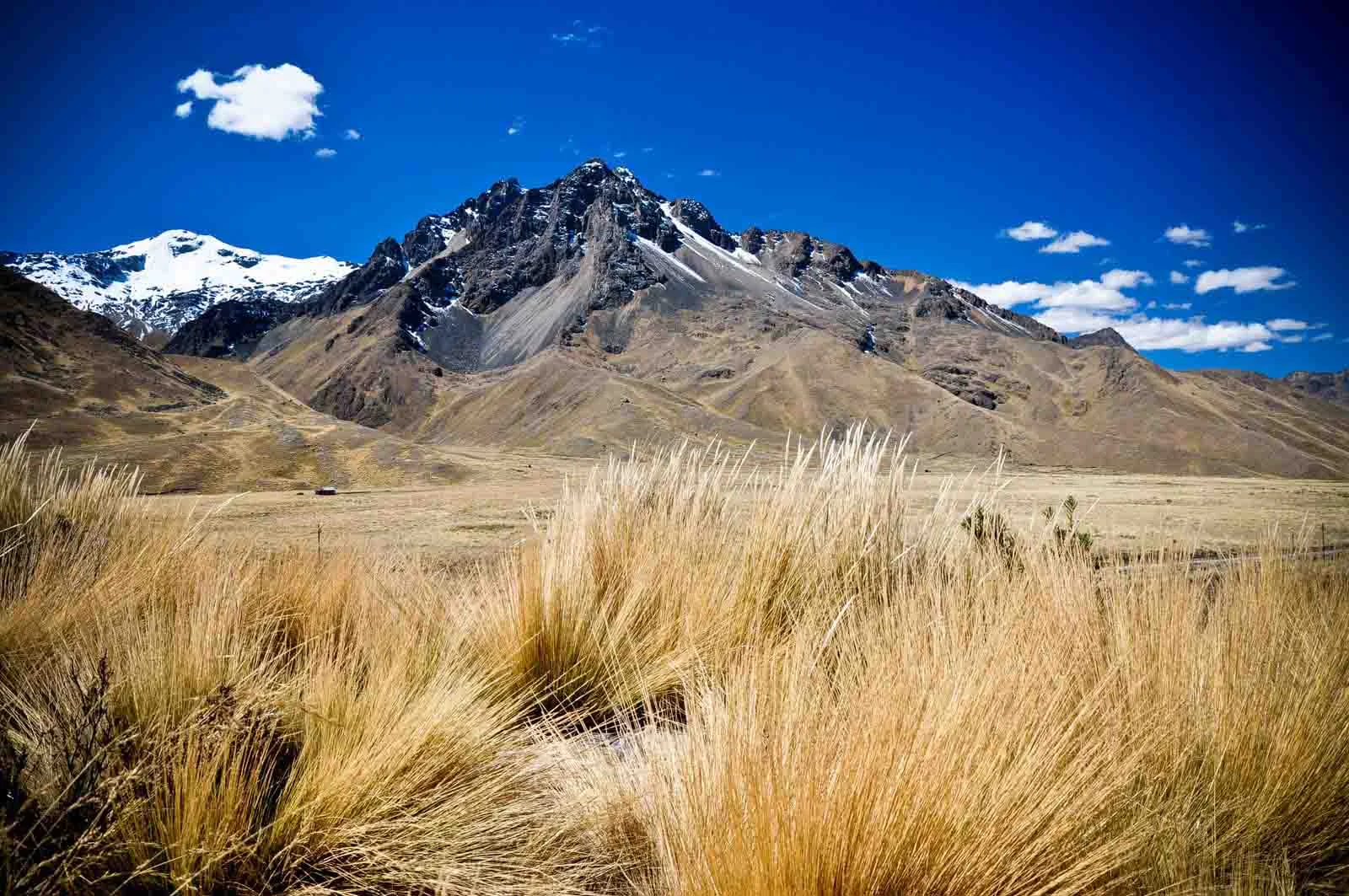
Exploring The Majestic Andes Mountains: Facts And Adventure | Travel Blog
Table of content
Have you ever dreamed of exploring one of the world's most breathtaking mountain ranges? We've been there too, marveling at the sheer majesty of the Andes Mountains—a 7,000-kilometer-long chain that spans seven South American countries. Our team has delved deep into the heart of this geological wonder, uncovering fascinating facts and thrilling adventures. In this article, we'll guide you through the towering peaks, diverse ecosystems, and rich cultural heritage of the Andes. Ready for an unforgettable journey?
Here are 9 of our favourite tours that explore the Andes of South America:
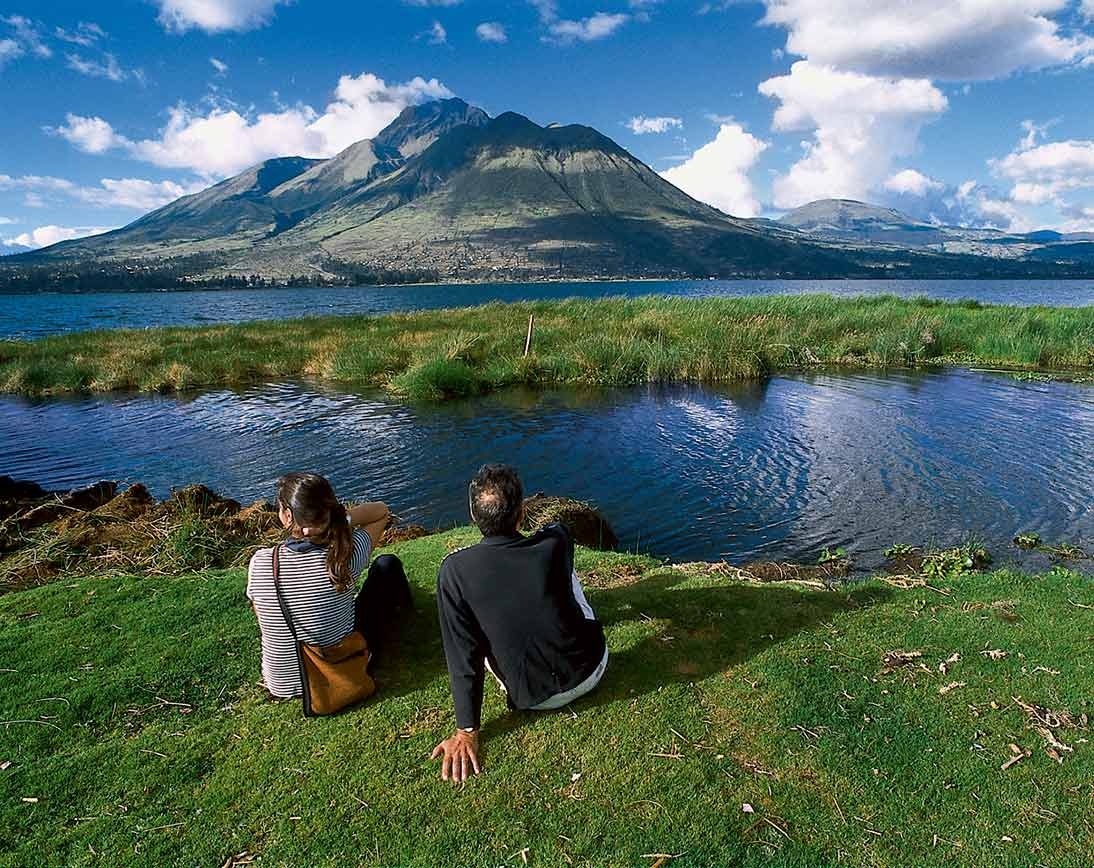 Galapagos, Amazon & Andes
Galapagos, Amazon & Andes
This 15-day tour takes you to the best of Ecuador, including the Galapagos Islands, the Amazon rainforest, and the Andes mountains.
Request a quote Bolivia Magnificent
Bolivia Magnificent
The Bolivia Magnificent tour lasts 6 days. It explores La Paz, the Valley of the Moon and Uyuni, among other places.
From $869.00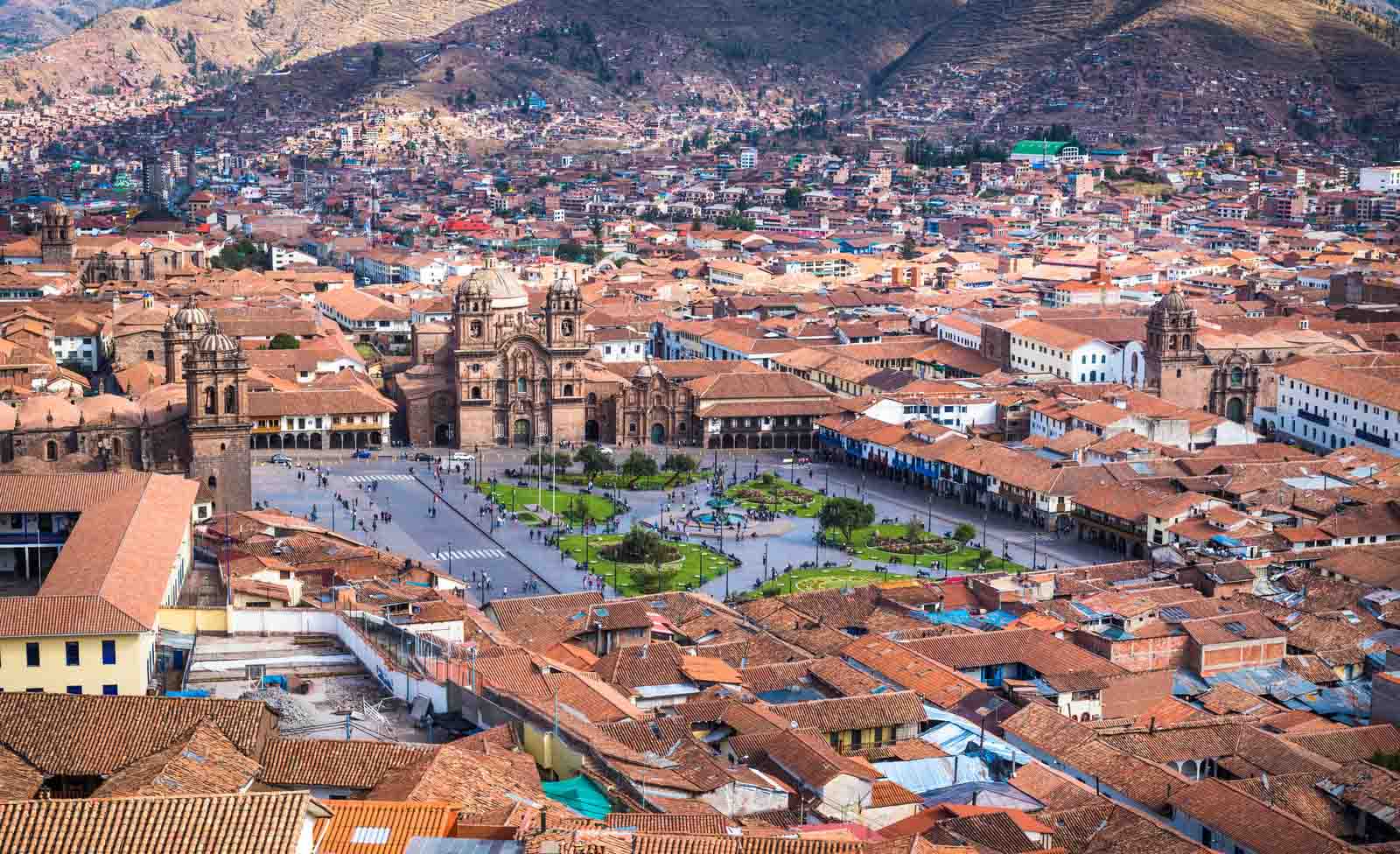 Family Adventure Tour
Family Adventure Tour
Discover Peru's Inca mysteries on a family adventure, featuring Machu Picchu, the Sacred Valley, and Lima's highlights.
Request a quote Thrilling Mount Fitz Roy and Torres del Paine Hiking Tour in Patagonia f
Thrilling Mount Fitz Roy and Torres del Paine Hiking Tour in Patagonia f
Discover the thrill of Patagonia on our Mount Fitz Roy and Torres del Paine Hiking Tour.!
Request a quote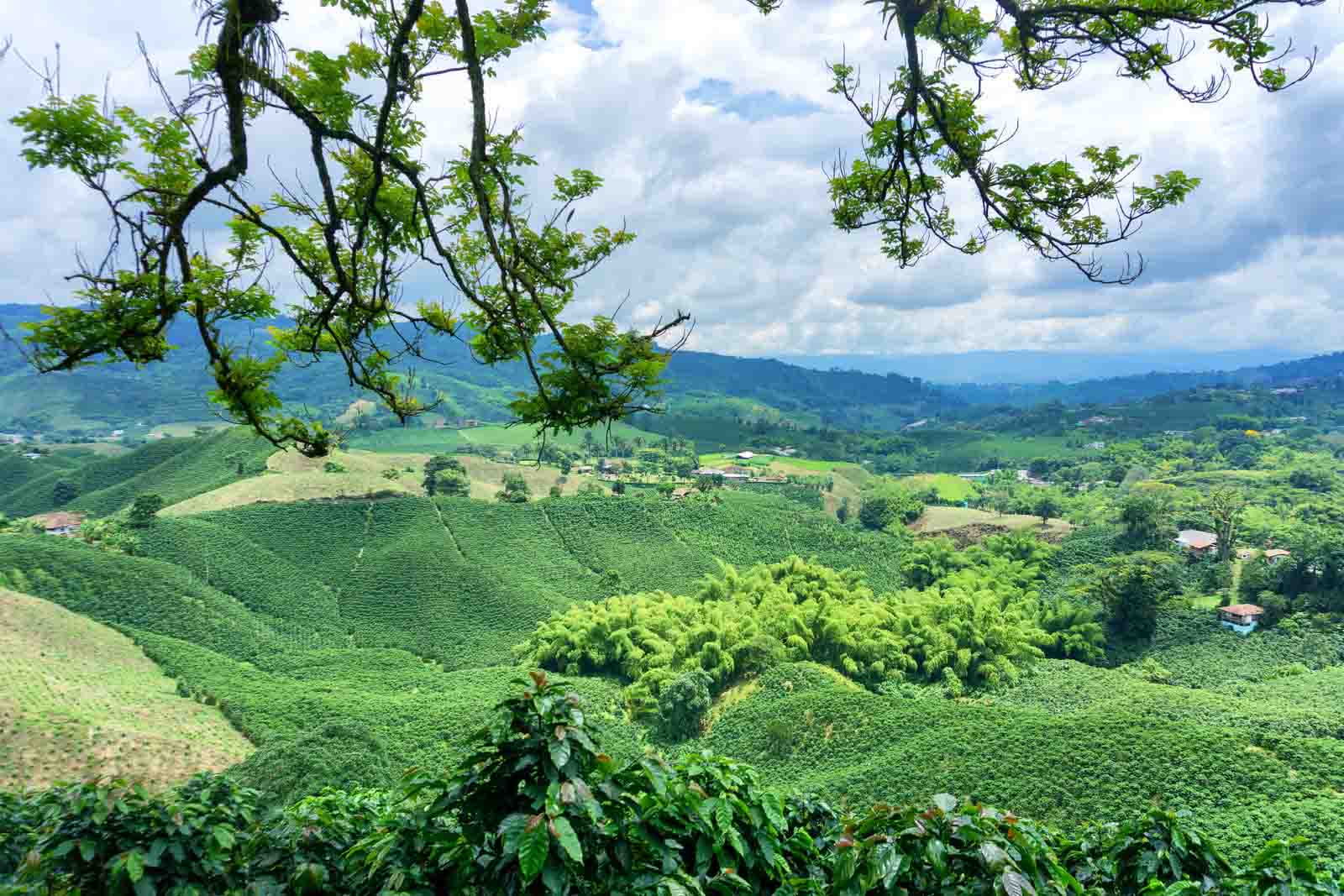 Discover Colombia: Urban Marvels to Natural Wonders
Discover Colombia: Urban Marvels to Natural Wonders
Discover Colombia's essence on a 10-day adventure, exploring Medellín, the coffee region, historic Cartagena, and Tayrona National Park.
From $5.905.00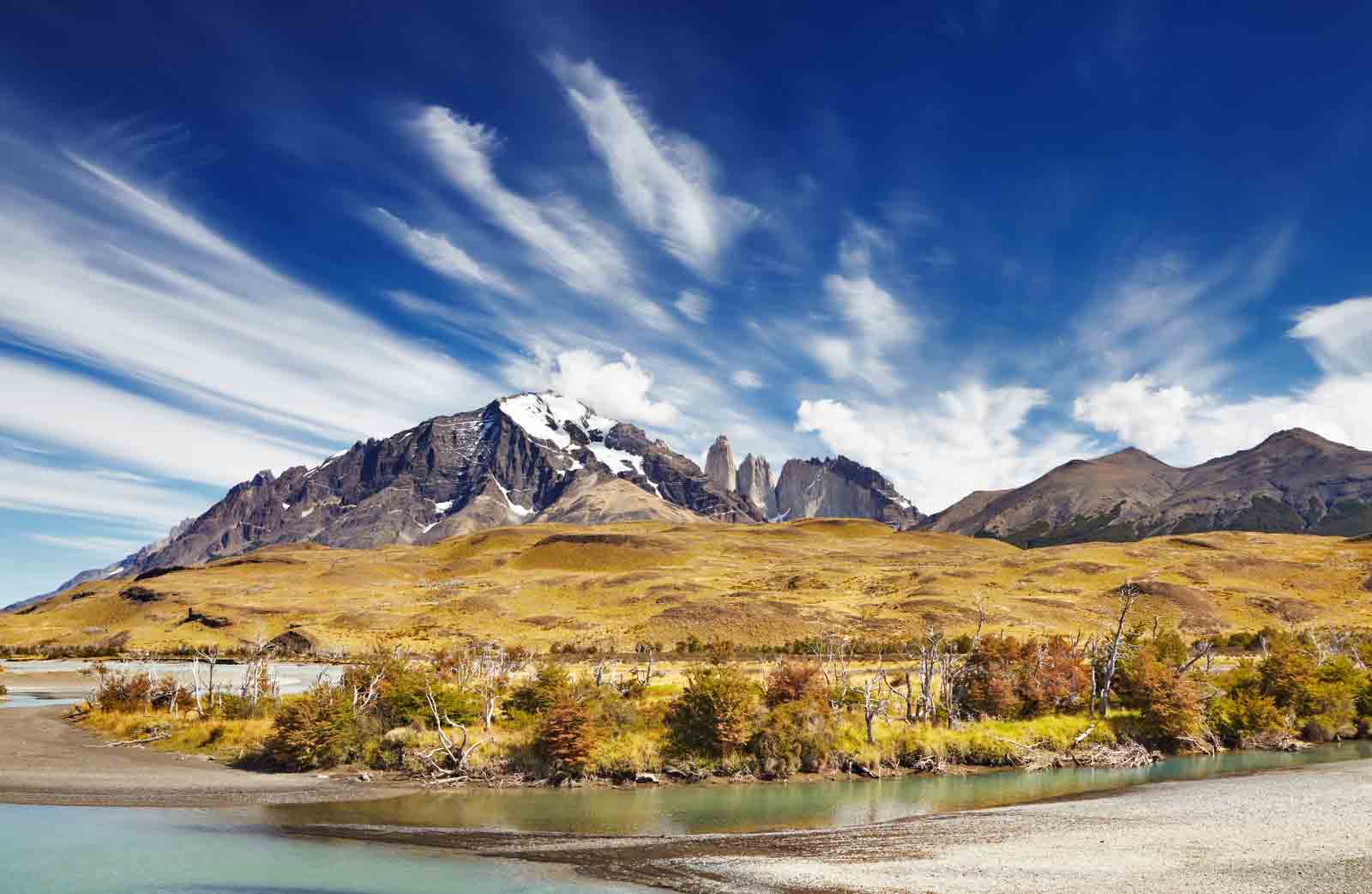 Torres del Paine Trekking Tour
Torres del Paine Trekking Tour
Torres del Paine National Park offers iconic granite towers, diverse wildlife, and thrilling trekking and horseback excursions.
Request a quoteImportant facts about the Andes
- The Andes Mountains stretch 7,000 km across 7 South American countries, making them the longest continental mountain range on Earth.
- Over 30,000 plant species and 3,700 animal species call the Andes home, including unique creatures like the Andean condor and spectacled bear.
- Ancient Incan ruins like Machu Picchu and historic cities such as Cusco showcase the rich cultural heritage of the Andes region.
- Popular adventures in the Andes include climbing Aconcagua (22,841 feet), hiking the Inca Trail, and visiting Lake Titicaca, the world's highest navigable lake at 3,812 meters.
- Sustainable tourism initiatives in the Andes aim to preserve the environment and support local communities while allowing visitors to experience the mountains' natural beauty.
Location and geography
We've set our sights on the majestic Andes Mountains, a colossal range stretching along South America's western edge. This awe-inspiring geological marvel spans an impressive 7,000 km (4,349 miles), making it the longest continental mountain range on Earth.
It's a natural wonder that crosses seven countries: Venezuela, Colombia, Ecuador, Peru, Bolivia, Chile, and Argentina.
The Andes boast an incredible width of 200-700 km (124-435 miles) and soar to an average height of 4,000 m (13,000 ft). This vast mountain system isn't just tall—it's a complex tapestry of diverse landscapes, from snow-capped peaks to lush valleys.
We're drawn to its grandeur, knowing that each step into the Andes is a step into a world of unparalleled beauty and geological significance.
The Andes are not just mountains; they're the backbone of a continent.
History and formation
The Andes Mountains have stood as silent witnesses to Earth's ever-changing face for over 50 million years. Their birth began during the Paleogene period when the South American and Pacific tectonic plates collided in a slow but powerful dance.
This meeting of giants pushed the Earth's crust skyward, forming the majestic peaks we see today. Over millennia, these mountains have shaped the landscape and influenced the diverse cultures that call them home.
Our journey through the Andes reveals a rich tapestry of human history interwoven with geological marvels. Long before European explorers set foot on these lands, the Inca Empire flourished here, building impressive cities and road networks that still astound us.
The Spanish arrival in the 16th century marked a turning point, bringing new influences and forever changing the region's cultural landscape. Today, the Andes continue to evolve, both geologically and culturally, offering travelers a unique blend of ancient wonders and modern adventures.
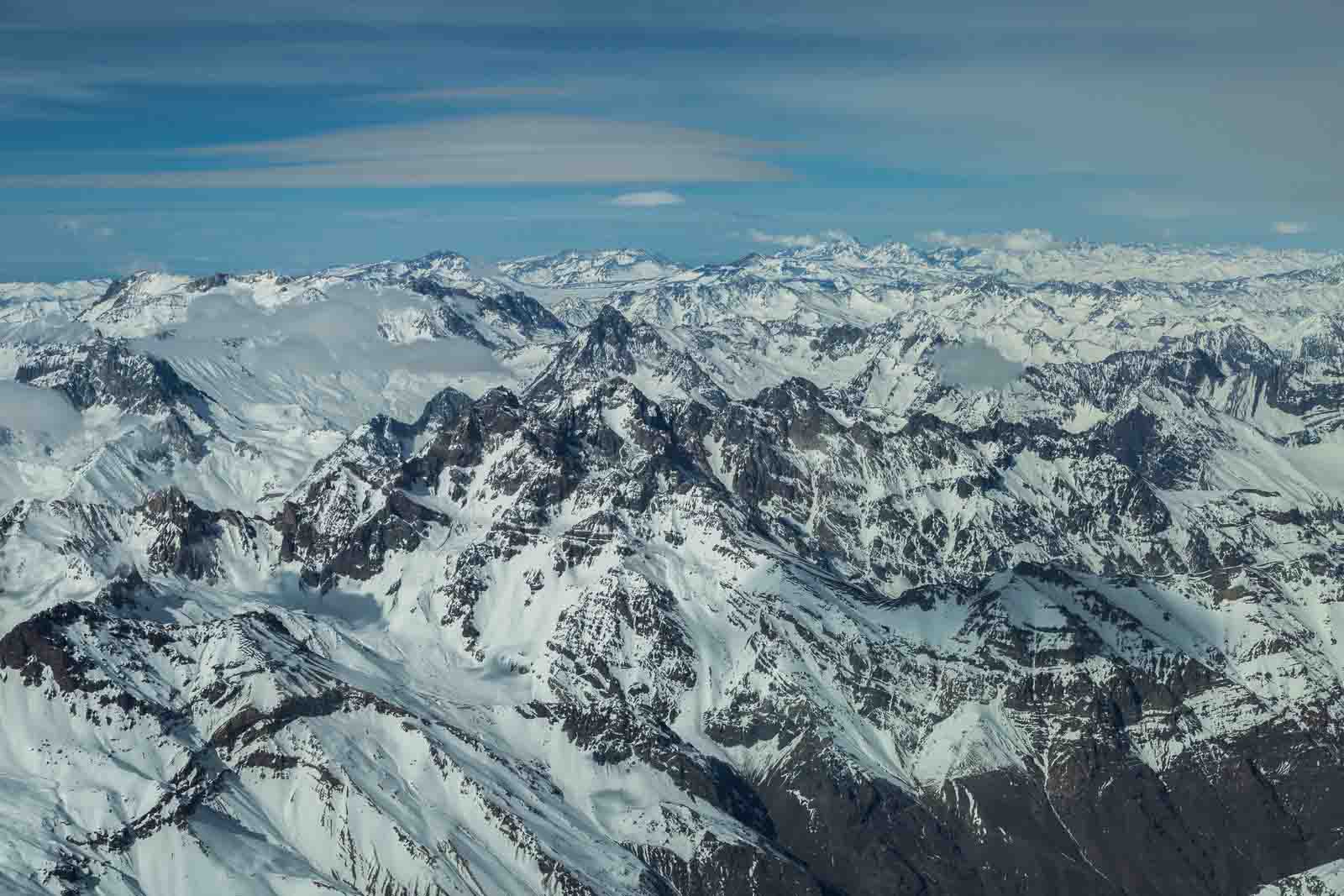
Physical Features and Geology
The Andes Mountains boast a dynamic geology shaped by powerful forces. Plate tectonics drive constant change, creating towering peaks and deep valleys. Volcanoes dot the landscape, some still active today.
Rich mineral deposits hide beneath the surface, waiting to be discovered. This geologic wonderland offers endless opportunities for exploration and adventure....
Plate tectonics and seismic activity
We're standing on a dynamic landscape, shaped by the dance of Earth's crust. Beneath our feet, the South American and Pacific plates collide, pushing up the majestic Andes. This ongoing tectonic tango creates a hotbed of seismic activity, with tremors and quakes as common as the mountain air.
The Andes are a living, breathing testament to the power of plate tectonics, says Dr. Maria Rodriguez, geologist at the University of Santiago.
Our journey through these mountains isn't just about breathtaking views. It's an adventure through geological time, where we witness the forces that have sculpted our planet for millions of years.
From the rumbling volcanoes to the steep valleys, every feature tells a story of Earth's restless nature.
Volcanism and mineral deposits
The Andes Mountains burst with fiery life and hidden treasures. Volcanoes dot the landscape, their peaks piercing the sky. These geological wonders have shaped the region for millions of years, leaving behind a legacy of mineral riches.
Copper, gold, and silver lie nestled in the mountain's rocky embrace—gifts from ancient eruptions and tectonic shifts.
Our journey through the Andes reveals nature's raw power and generosity. The mountains yield over 45% of the world's copper and nearly 30% of its silver. This bounty fuels economies and attracts adventurers from across the globe.
As we explore, we're reminded of the delicate balance between harnessing these resources and preserving the majestic beauty that surrounds us.

Flora and Fauna
The Andes burst with life. Unique plants and animals thrive here. From tiny orchids to majestic condors, biodiversity abounds. Want to discover more about this mountain wonderland?
Biodiversity of the Andes
We're constantly amazed by the incredible biodiversity of the Andes. This majestic mountain range hosts a staggering 30,000 species of vascular plants, creating a vibrant tapestry of life across its slopes.
From the hardy polylepis trees that cling to high-altitude slopes to the delicate orchids nestled in cloud forests, the plant life here is truly diverse and awe-inspiring.
Animal life in the Andes is equally impressive, with 3,700 species calling these mountains home. We've spotted spectacled bears lumbering through bamboo thickets and marveled at Andean condors soaring on thermal updrafts.
The variety of birds, reptiles, fish, and amphibians is mind-boggling – each adapted to their unique niche in this vast ecosystem. Let's explore some of the unique species that make the Andes their home....
The Andes are a living laboratory of evolution, showcasing nature's incredible adaptability and resilience.
Unique species found in the region
The Andes Mountains teem with unique creatures found nowhere else on Earth. Our treks through this majestic range have revealed a stunning array of wildlife. We've marveled at the sight of Andean condors soaring on thermal currents, their massive wingspan a testament to nature's grandeur.
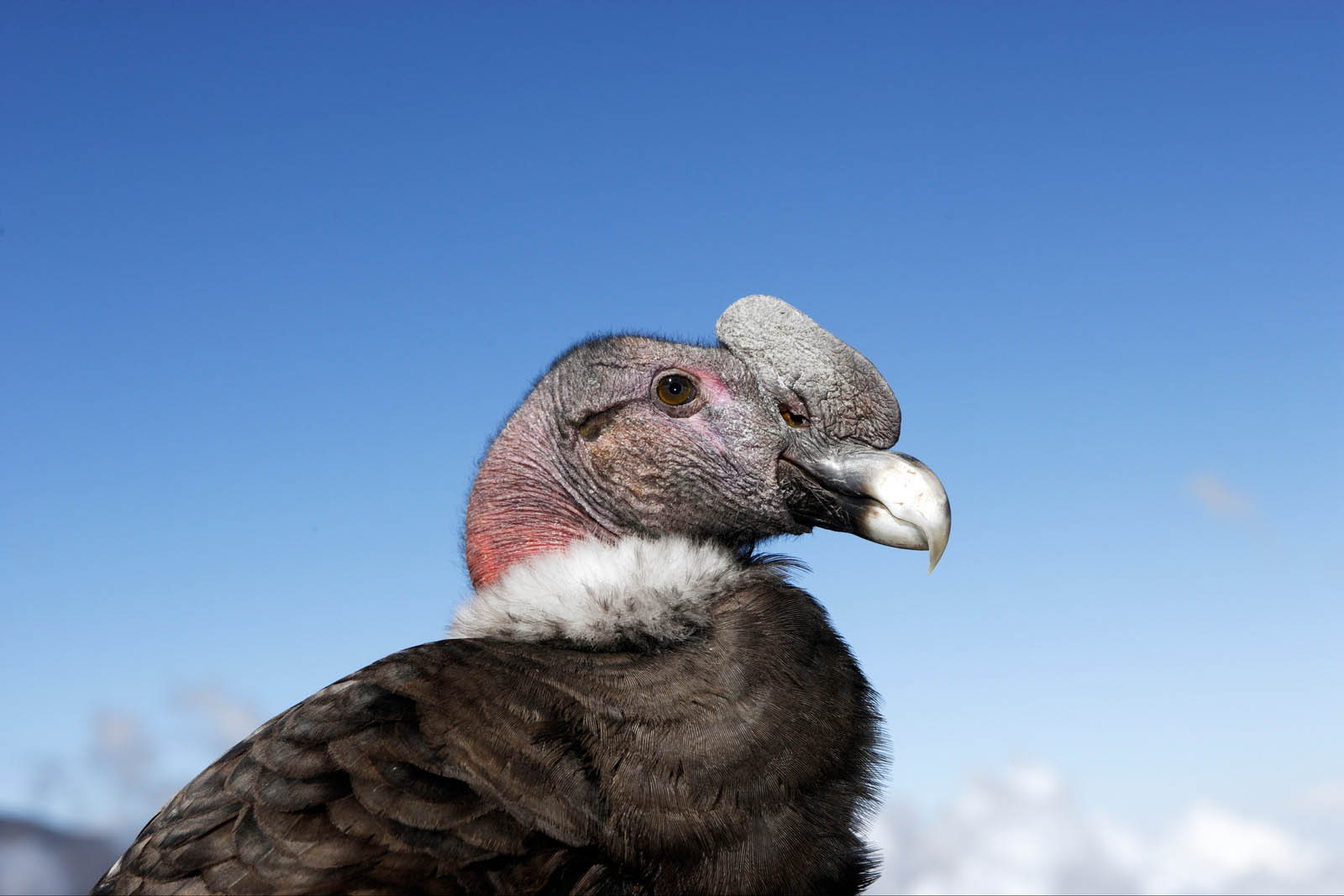
Closer to the ground, we've spotted the elusive Andean bear and the graceful vicuña, their presence a reminder of the region's rich biodiversity.
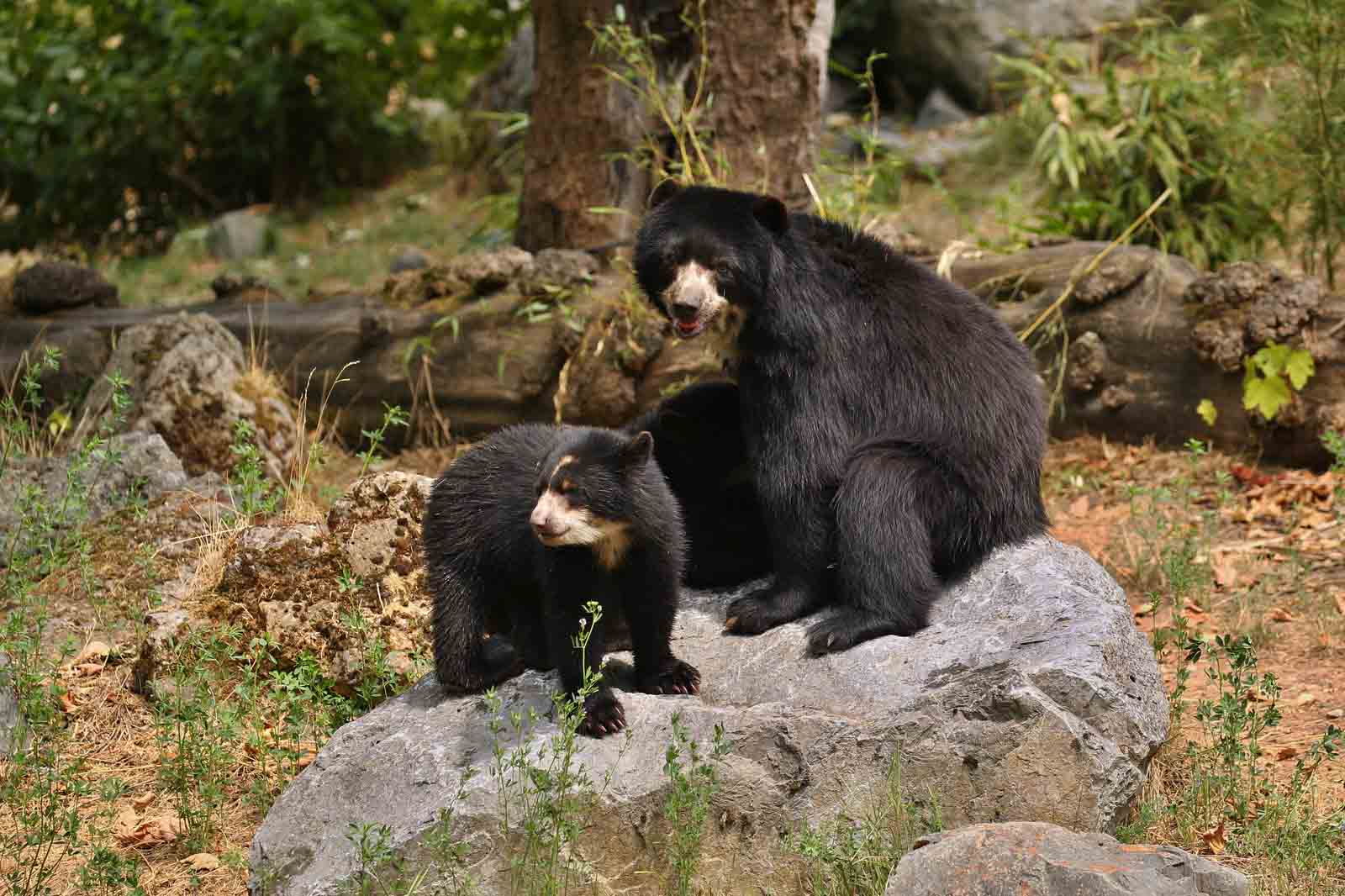
Our encounters with the region's fauna have left us in awe. The stealthy puma and the hardy guanaco have crossed our paths, each adapted perfectly to their high-altitude home. The rare Andean cat, with its distinctive markings, remains a prized sighting for wildlife enthusiasts.
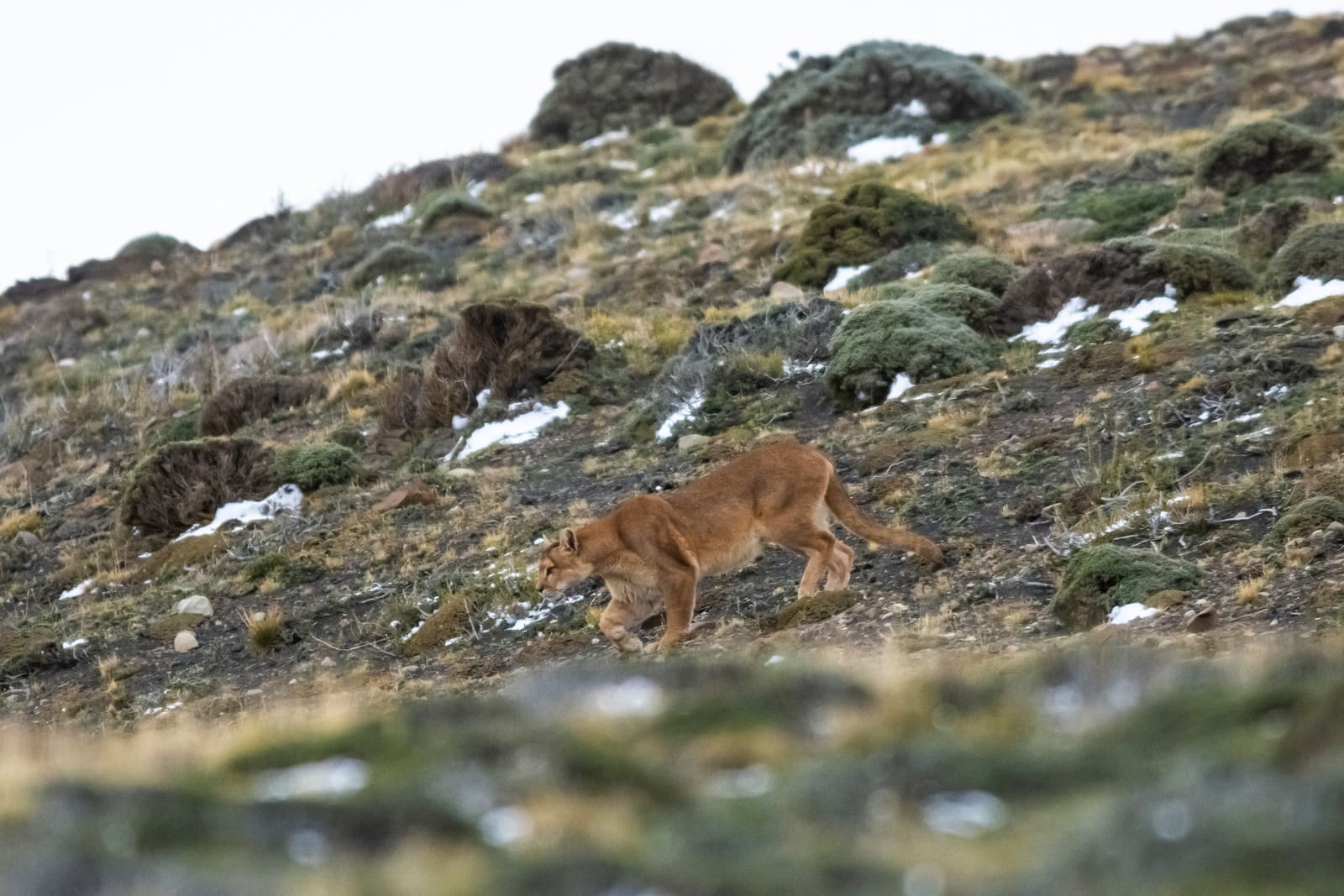
These unique species, along with countless others, make the Andes a true paradise for nature lovers and adventurers alike.
Human Activity and Culture
The Andes Mountains have shaped human life for millennia. Ancient civilizations thrived here, leaving behind wonders like Machu Picchu. Today, vibrant cities and rural communities dot the landscape.
Unique cultural practices and traditions persist. Modern industries like mining coexist with traditional agriculture. The region's rich history and dynamic present offer endless fascination for curious travelers.
Cities and transportation
We've explored vibrant cities nestled high in the Andean peaks. Cusco, La Paz, and Quito pulse with life, blending ancient traditions and modern amenities. Getting around these mountain metropolises often involves a mix of buses, taxis, and sometimes even cable cars that soar over steep terrain.
Traveling between Andean destinations can be an adventure in itself. We've wound our way through mountain passes on scenic bus routes, marveled at engineering feats like the Trans-Andean Railway, and even hopped short flights to cover vast distances quickly.
With 44% of the region's 84.5 million people living in Andean countries, transportation networks are vital lifelines connecting communities across this majestic mountain range.
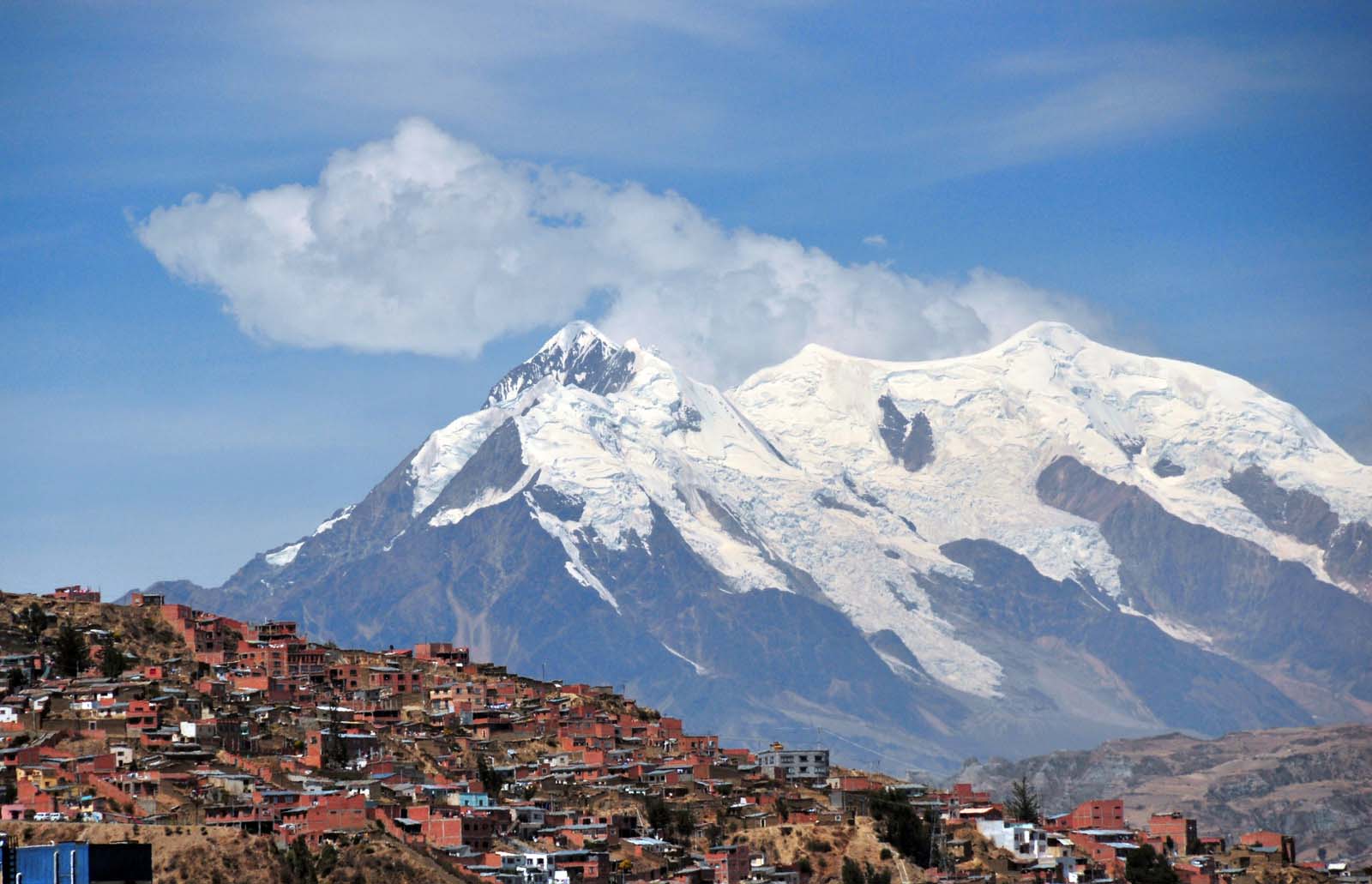
Agriculture and mining
In the Andes, our farms and mines shape the landscape and livelihoods. Valleys burst with maize, quinoa, and unique roots like arracacha. These crops, nurtured by ancient wisdom and modern techniques, feed millions.
High up, where crops can't thrive, we've found another treasure – minerals. Our mines yield copper, silver, lead, zinc, and gold, fueling economies across South America.
We've seen firsthand how these industries coexist with nature. Terraced fields cling to steep slopes, a testament to Incan ingenuity. Meanwhile, responsible mining practices aim to minimize environmental impact.
It's a delicate balance, but one we're committed to maintaining for future generations.
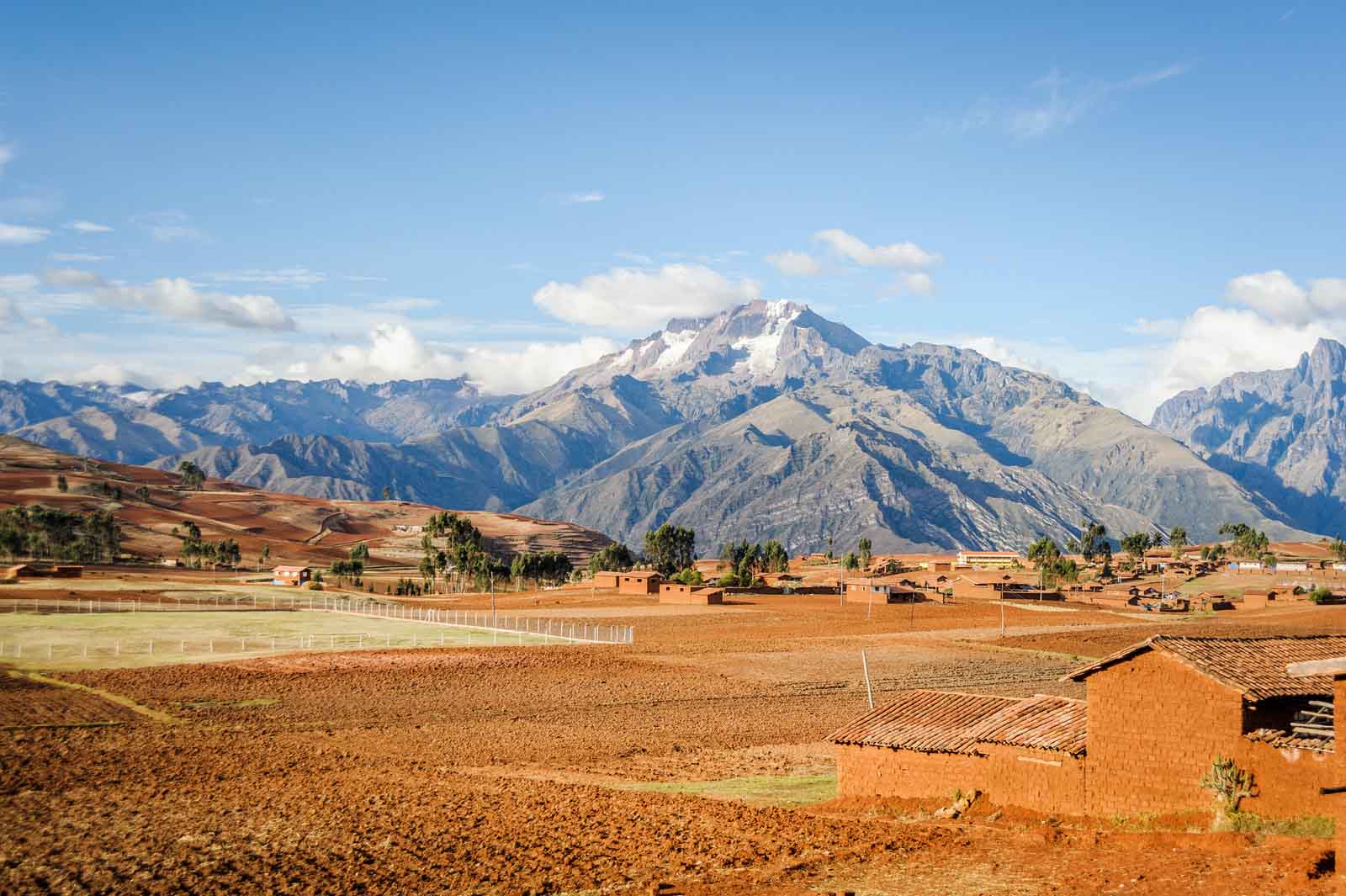
Adventure in the Andes
The Andes offer thrilling adventures for all - from scaling towering peaks to exploring ancient Incan ruins. Ready to embark on your own Andean journey? Keep reading to discover more about this amazing mountain range!
Famous peaks and treks
We're about to embark on a thrilling journey through the Andes Mountains' most famous peaks and treks. Our adventure will take us to breathtaking heights and along awe-inspiring trails that have captivated explorers for centuries.
- Aconcagua: Standing tall at 22,841 feet (6,962 m), this Argentine giant is the highest peak in both the Western and Southern Hemispheres. It's a popular challenge for mountaineers, offering various routes of varying difficulty.
- Ojos del Salado: At 22,615 feet (6,893 m), this Chilean-Argentine border peak is the world's highest active volcano. Its lunar-like landscape and high-altitude lakes make it a unique climbing experience.
- Chimborazo: Ecuador's highest mountain, though not the tallest in the Andes, is actually the farthest point from Earth's center due to the planet's equatorial bulge.
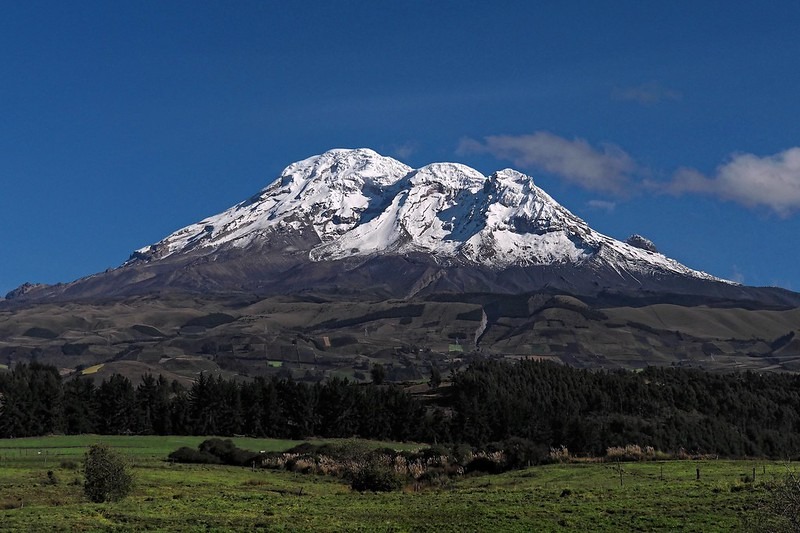
- Inca Trail: This classic 26-mile (42 km) trek takes hikers through cloud forests and ancient ruins, culminating at the iconic Machu Picchu. It's a journey through history and stunning Peruvian landscapes.
- Cordillera Huayhuash Circuit: This challenging 8-10 day trek in Peru offers views of towering peaks, turquoise lakes, and remote villages. It's considered one of the most beautiful hikes in South America.
- Santa Cruz Trek: Located in Peru's Cordillera Blanca, this 4-5 day hike showcases the region's stunning glacial lakes and snow-capped peaks. It's a great option for those seeking a shorter but equally rewarding adventure.
- Fitz Roy Trek: This Argentine Patagonia hike offers views of the iconic Mount Fitz Roy and pristine alpine lakes. It's a favorite among photographers and nature enthusiasts.
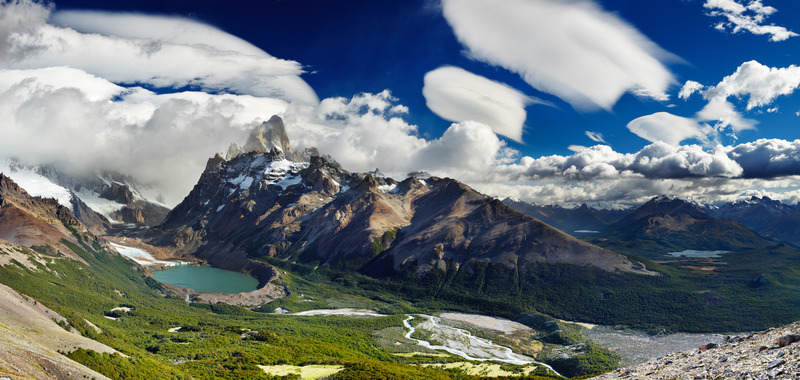
- Ausangate Trek: This high-altitude Peruvian trek circles the sacred Ausangate mountain, passing through traditional Andean communities and stunning rainbow-colored mountains.
- Huayna Potosí: Located near La Paz, Bolivia, this peak is often called one of the "easiest" 6,000 m climbs in the world, making it popular for less experienced mountaineers.
- Torres del Paine Circuit: While not the highest trek, this Chilean Patagonia route offers unparalleled views of granite towers, glaciers, and Patagonian wildlife.
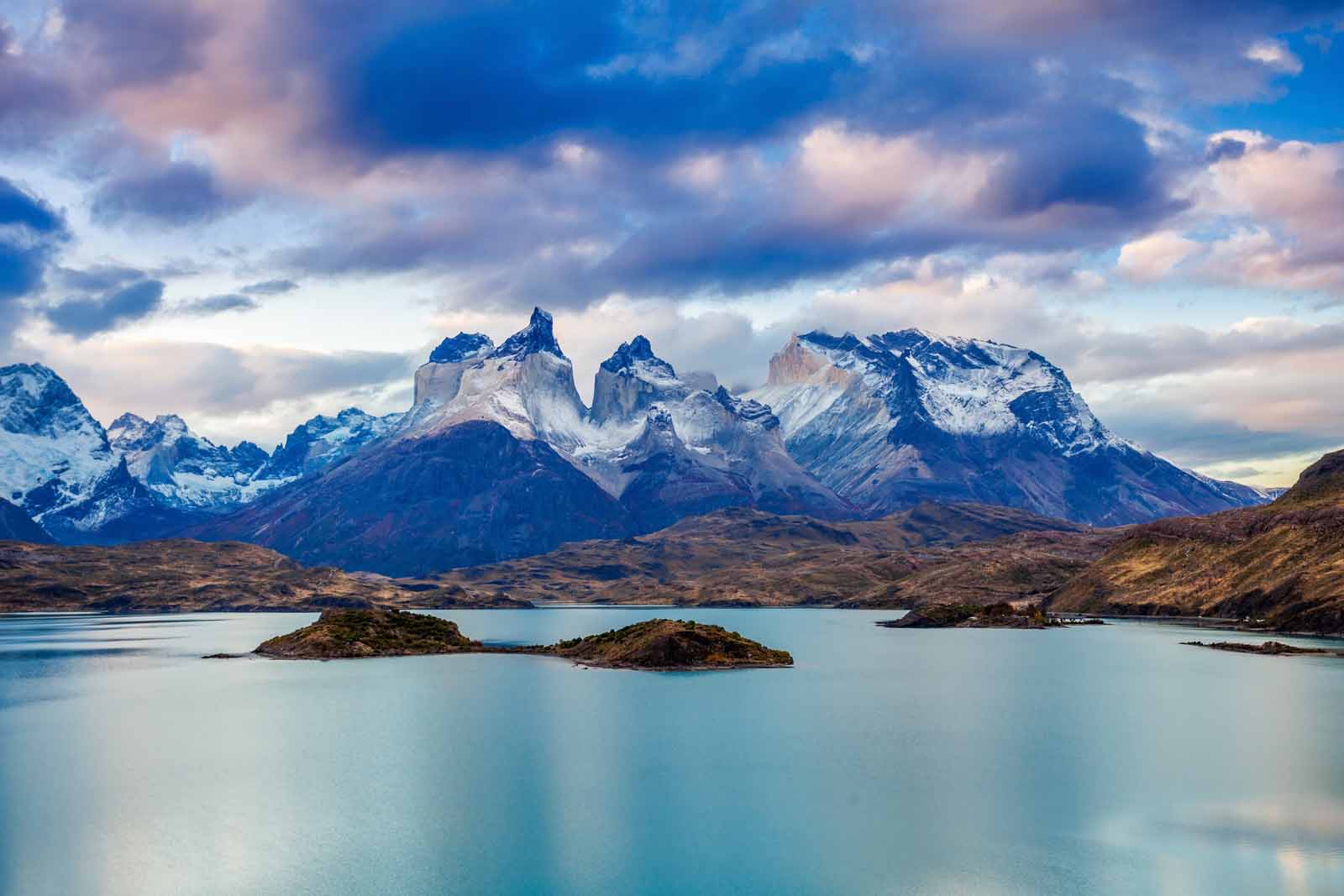
Fun facts about the Andes
From towering peaks to hidden treasures, the Andes hold countless wonders. Let's explore some fascinating facts about this magnificent mountain range that will spark your sense of adventure:
- Home to the world's highest navigable lake: Lake Titicaca, shared by Bolivia and Peru, sits at a breathtaking 3,812 meters above sea level. Its crystal-clear waters and ancient ruins make it a must-visit destination.
- Earth's largest salt flat: The Uyuni Salt Flats in Bolivia cover over 10,000 square kilometers, creating a surreal landscape that seems to stretch endlessly. During the rainy season, it transforms into a giant mirror, reflecting the sky above.

- Ancient engineering marvels: The Inca civilization built an extensive network of roads and bridges throughout the Andes, spanning over 39,000 kilometers. Many of these structures still stand today, testament to their impressive engineering skills.
- Biodiversity hotspot: The Andes are home to an incredible variety of plant and animal species, many of which are found nowhere else on Earth. From spectacled bears to chinchillas, the region boasts unique wildlife at every turn.
- Volcanic activity: With over 200 active volcanoes, the Andes are part of the Pacific Ring of Fire. Cotopaxi in Ecuador is one of the world's highest active volcanoes, standing at 5,897 meters tall.
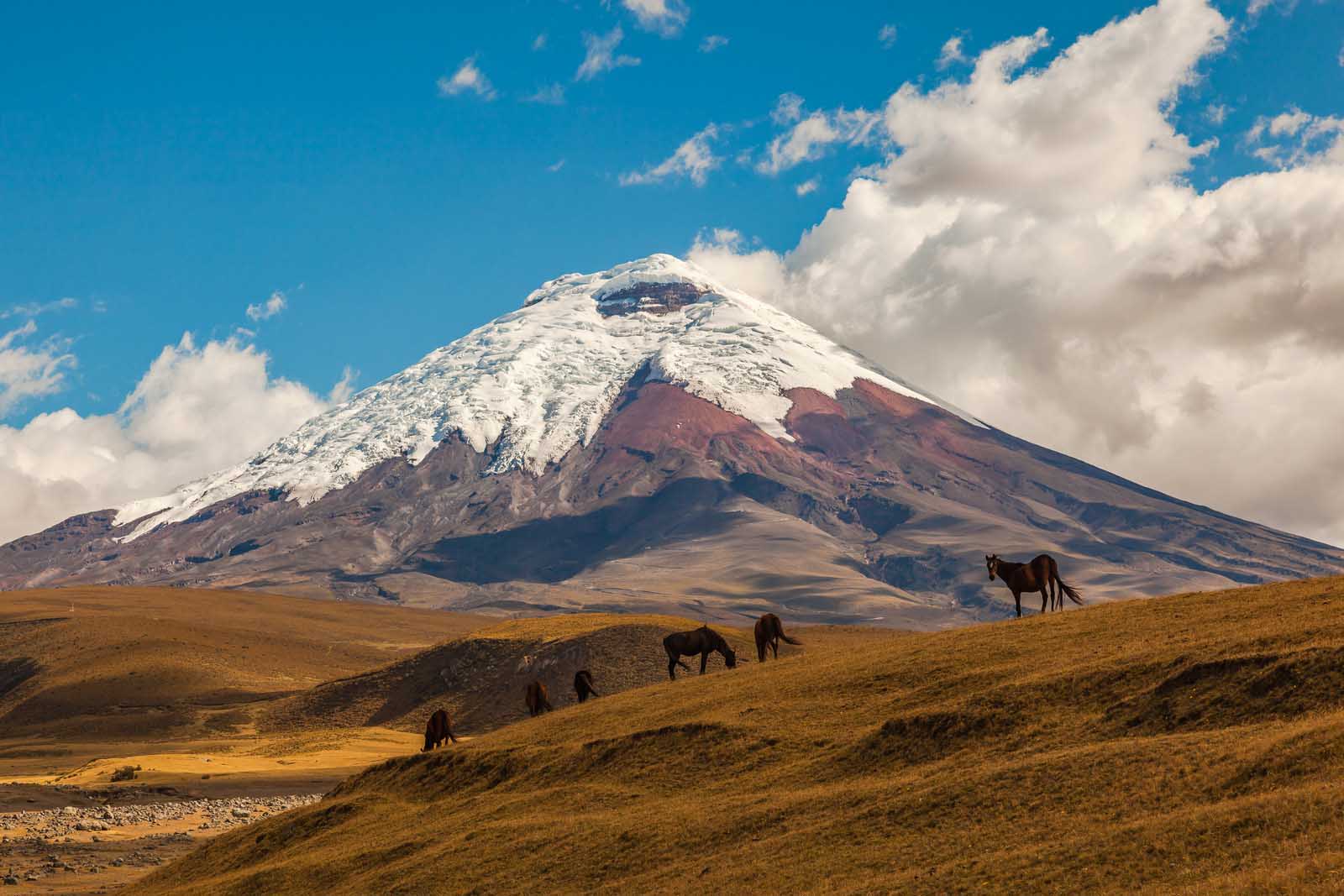
- Agricultural innovation: The Andean people have cultivated over 3,000 varieties of potatoes, adapting them to different altitudes and climates. This agricultural diversity has played a crucial role in sustaining life in the harsh mountain environment.
- Extreme weather patterns: The Andes create unique microclimates, resulting in diverse ecosystems within short distances. You can experience tropical rainforests and arid deserts just a few kilometers apart.
- Ancient astronomical observatories: The Inca built sophisticated astronomical observatories high in the mountains, such as Machu Picchu's Intihuatana stone, to track celestial movements and plan agricultural activities.
- Highest permanent human settlements: La Rinconada in Peru, situated at 5,100 meters above sea level, holds the title for the highest permanent settlement in the world. Its residents brave extreme conditions to work in nearby gold mines.
- Condor's realm: The Andean condor, with its impressive 3-meter wingspan, soars above the mountain peaks. These majestic birds play a significant role in Andean mythology and are considered sacred by many indigenous cultures.
Sustainable tourism in the Andes
We're passionate about sustainable tourism in the Andes. Our travels through this majestic mountain range have shown us the importance of preserving its natural beauty and cultural heritage.
We've seen firsthand how eco-lodges and community-based tourism initiatives are making a positive impact. These projects provide local employment, protect ecosystems, and offer visitors authentic experiences.
Climate change poses a significant threat to the Andes, with glaciers melting at an alarming rate. That's why we support tour operators who prioritize environmental conservation and respect for indigenous cultures.
Many travel companies work closely with local communities, helping to revitalize ancestral customs and preserve traditional knowledge. By choosing responsible travel options, we can enjoy the wonders of the Andes while ensuring they remain intact for future generations.
Tips for planning a trip to the Andes
Planning a trip to the Andes requires careful preparation and consideration. Here are some essential tips to help you make the most of your adventure in this majestic mountain range:
- Choose the right time: Visit between May and October for cooler, drier weather - ideal for outdoor activities.
- Pack smart: Bring layers for varying temperatures, sturdy hiking boots, and sun protection for high altitudes.
- Acclimatize gradually: Spend a few days at lower elevations before ascending to higher altitudes to avoid altitude sickness.
- Research local customs: Familiarize yourself with Andean culture and etiquette to show respect to local communities.
- Learn basic Spanish: A few key phrases will help you communicate with locals and enhance your travel experience.
- Book accommodations in advance: Popular areas like Machu Picchu can fill up quickly, especially during peak season.
- Consider guided tours: Local experts can provide valuable insights and ensure your safety in remote areas.
- Prepare for diverse activities: The Andes offer opportunities for hiking, cycling, rafting, and even skiing - plan accordingly.
- Stay hydrated: High altitudes can lead to dehydration, so drink plenty of water throughout your trip.
- Obtain necessary permits: Some areas require special permissions - check requirements well in advance.
- Respect the environment: Practice Leave No Trace principlesto preserve the fragile Andean ecosystem.
- Be flexible: Weather conditions can change rapidly in the mountains, so allow for some flexibility in your itinerary.
Next, let's explore the conclusion of our journey through the majestic Andes Mountains.
Ready to visit the Andes
We've journeyed through the breathtaking Andes, uncovering their secrets and marvels. This mountain range stands as a testament to nature's grandeur and human resilience. From its diverse ecosystems to rich cultural heritage, the Andes offer endless opportunities for adventure and discovery.
Our exploration has only scratched the surface of what these majestic peaks hold. The Andes beckon us to return, promising new wonders with each visit.
FAQs
1. Where are the Andes Mountains located?
The Andes Mountains, or Los Andes, span South America's western coast. They stretch through Venezuela, Colombia, Ecuador, Peru, Bolivia, Chile, and Argentina. The Andes form the world's longest mountain range above sea level.
2. What's unique about the Andes Mountains' geography?
The Andes boast diverse landscapes. They include high plateaus, volcanoes, and deep valleys. The Atacama Desert lies in the rain shadow of the Andes. The mountains also house the Altiplano plateau and inter-Andean valleys.
3. How did the Andes Mountains form?
The Andes formed through plate tectonics. The Nazca and South American plates collided, causing uplift. This process, called the Andean orogeny, started millions of years ago. It continues today, shaping the Andean volcanic belt.
4. What's the highest peak in the Andes?
Mount Aconcagua, in Argentina, is the highest peak. It rises 22,841 feet (6,962 meters) above sea level. Other notable peaks include Ampato in Peru and volcanoes in Ecuador.
5. How does the Andes' biodiversity vary?
The Andes host rich biodiversity. Different elevations create varied ecosystems. The Peruvian Andes differ from the Ecuadorian Andes. The Dry Andes contrast with the wet Northern Andes. Each region supports unique flora and fauna.
6. What adventures can travelers experience in the Andes?
Travelers can trek through diverse landscapes. Options include exploring Incan ruins in Peru or hiking in Patagonia. The Colombian Andes offer coffee tours. Bolivia's salt flats provide surreal vistas. Chile's Andes feature world-class skiing. Ecuador's volcanoes attract climbers.
Check Our Suggested Tours:

